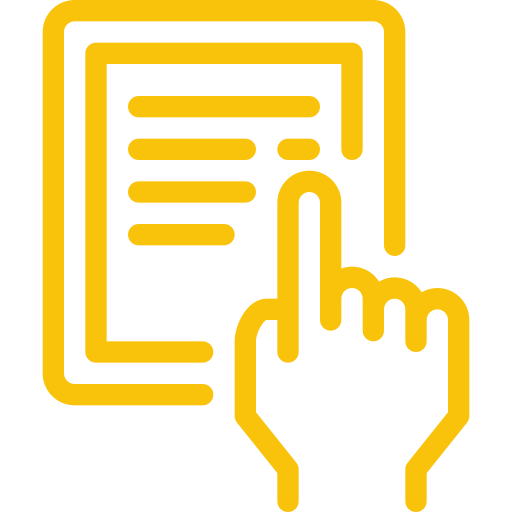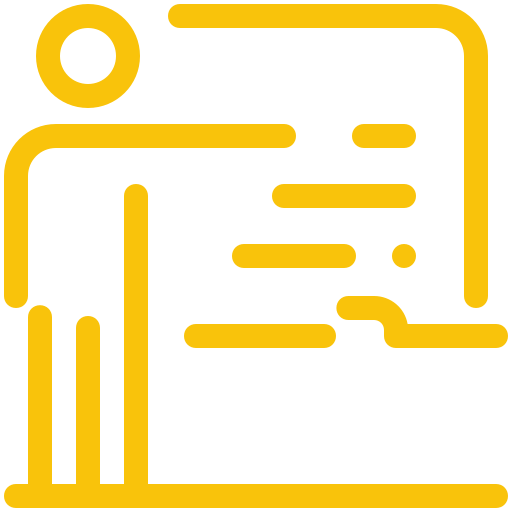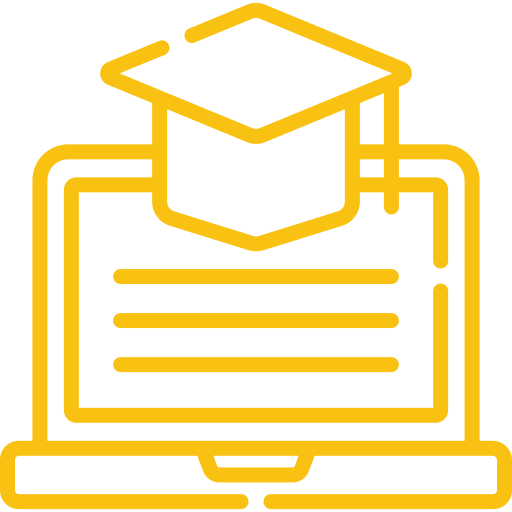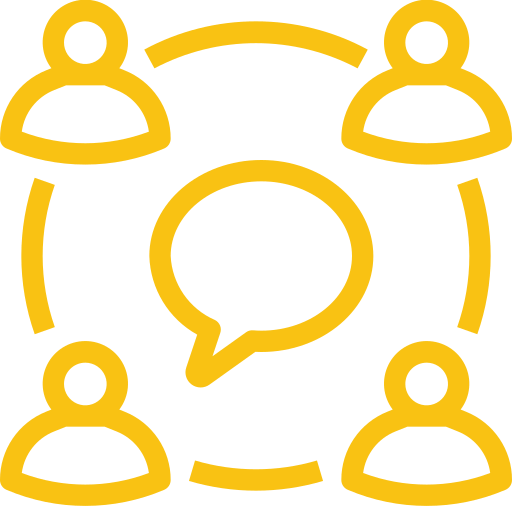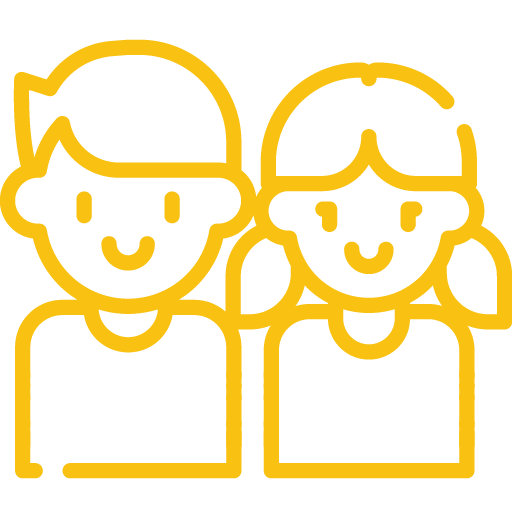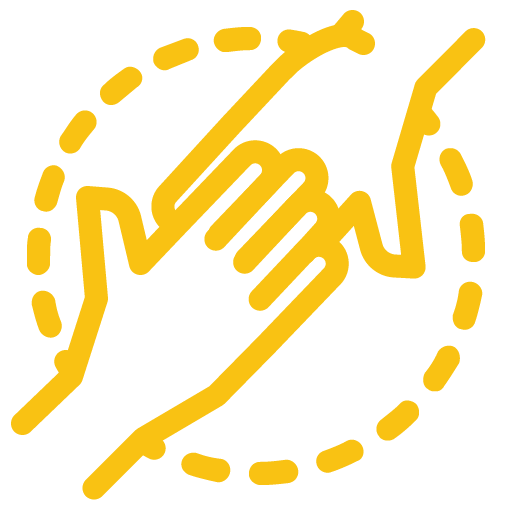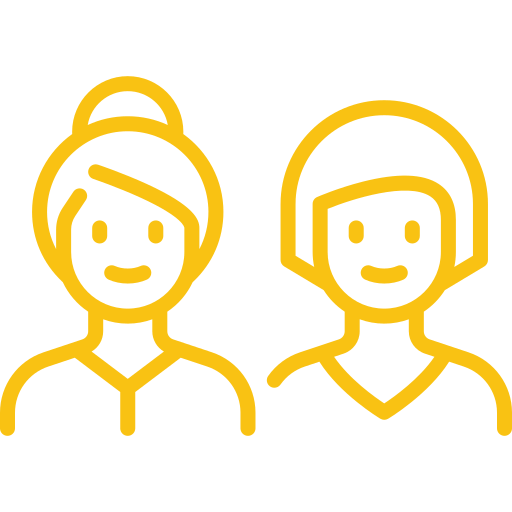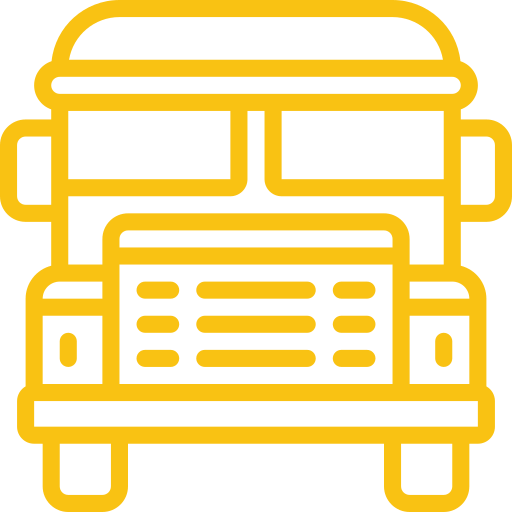In an effort to wrap my mind around the challenges that lie ahead this year – and determined to make things better than they were last spring – I recently picked up a copy of the new book The Distance Learning Playbook, Grades K-12: Teaching for Engagement and Impact in Any Setting. Written by the prolific education “gurus” Douglas Fisher, Nancy Frey, and John Hattie, I felt confident it could provide some helpful takeaways to start the year off right. It did not disappoint. One of my favorite messages from the book is that teachers can and should leverage their strength and experience, including what they learned from “crisis teaching” (i.e. the move to distance learning last spring), to make learning better in any environment. Below are some of the authors’ best tips for doing just that.
“Never Let a Crisis Go to Waste” – Winston Churchill
The global pandemic created a crisis for schools around the world. While the scale of this crisis is unprecedented, our ability to respond rapidly is not – just ask any educator who taught in the aftermath of Hurricane Katrina or the bush fires of Australia. Not surprisingly, after these recent crises, the focus was on a “return to normalcy.” There was little time (or desire) to look back at the challenges and see how they might influence better teaching in the future. The authors encourage schools, however difficult it may be, to “take advantage” of the lessons we can learn during this current crisis to create better learning now and in the future
Learning from The Past
As schools look for ways to make learning better, there are several takeaways to consider from previous school crises. These takeaways include:
- After Hurricane Katrina, teachers and students were more likely to show symptoms of mental health issues, including depression, anxiety, and trauma. This was especially true of survivors who had a history of mental health issues. This emphasizes the importance of social and emotional support for impacted school communities.
- Studies completed after Australia’s Christchurch earthquakes showed that community members identified more strongly with one another because of their shared experience; they rapidly developed a shared culture of stories and memories. Schools can benefit by embracing and building on this sense of shared community with students and parents.
- While many students lost between 3 and 7 weeks of schooling after the Katrina, there was a minimal drop in student achievement (-0.17), and most students rebounded quickly. When student learning was forced online after Australia’s Christchurch earthquakes, performance on high school exams actually went up before settling back down once school resumed. This was due in part to the fact that teachers tailored learning specifically to what students could NOT do – essentially, they were “triaging” learning for students rather than teaching (or reteaching) tasks that students could already do. Both situations show that with the right supports, student academics do not need to suffer long-term effects.
Looking to the Future: Using Crisis Learning to Make Schools Better
Schools have already learned some important lessons from the current pandemic, including the importance of partnering with parents, and “the integral connection between the social and emotional elements of learning and the academic ones.” Specific to online teaching, swe’ve also learned (sometimes the hard way) that ineffective classroom practices are ineffective in digital spaces, too. The authors describe it this way: Too much lecture and too many worksheets – especially those not tailored to students’ needs – is not effective in any environment. While these basic tools may have allowed many schools to transition quickly to online learning, this is not a successful way to organize long-term learning for growth. So, what can we do to make future learning better for students and teachers?
Here are a few of the authors’ recommendations for improvement:
1. Collect feedback early in the year on what students know and don’t know. Use this data to focus your valuable teaching time on the skills and concepts students need most, instead of making assumptions about what students need based on previous years. This was one of the most important lessons from the Christchurch earthquakes.
2. Create opportunities for social interaction to support learning and promote student well-being. Activities that allow students to collaborate and strengthen bonds must be an integral part of distance learning. The authors also recommend that teachers prioritize classroom connections and trust-building during live sessions. This means some learning (e.g. lecture or direct teaching) should occur asynchronously, rather than in real time.
3. Use “checks for understanding” (i.e. formative assessments) every day — just as we do in traditional classrooms. We cannot assume that just because information is presented (asynchronously, for example), that students have learned it. Adequate practice coupled with timely, consistent feedback about learning is necessary to inform instruction and support growth!
4. Make the most of live sessions by designing and distributing weekly schedules with clear expectations of the tasks students should complete before and after live sessions. Posted weekly schedules should also include 1) learning goals, 2) success criteria and 3) assessment information so students and parents know what students are supposed to be learning – and know what success looks like for every goal.
5. Do not depend on parents to help students get “unstuck” if they have a question, make a mistake, or do not know what to do next. Parents cannot end do our work or our students’ work. This means every teacher must explain to students in advance what steps they should take when they experience challenge or frustration at home. For example, students should email their teacher, use teacher office hours, access counseling staff, or reach out to tech support. All of this information should be provided to students and families on the first day of school or even before school begins. [Tip: Teachers should also assess every students’ abilities to access these supports – again, do not assume just because the information is provided that learners understand it!]
6. Gather consistent feedback from students and parents about distance learning, this includes 1) asking students to comment on the quality and usefulness of online materials and 2) asking students to discuss their own learning (e.g. Do you understand what you are supposed to be learning this week? Do you have the support you need to find success in class? Are you participating in live sessions and asking questions as needed? Are you able to keep up with assignments?). Feedback from students can be coupled with LMS user analytics regarding student usage to ensure online materials are relevant and accessible to students.
One of the greatest messages from this book is that schools can and should leverage their strengths and experience to prepare for more robust and authentic learning in the future.


